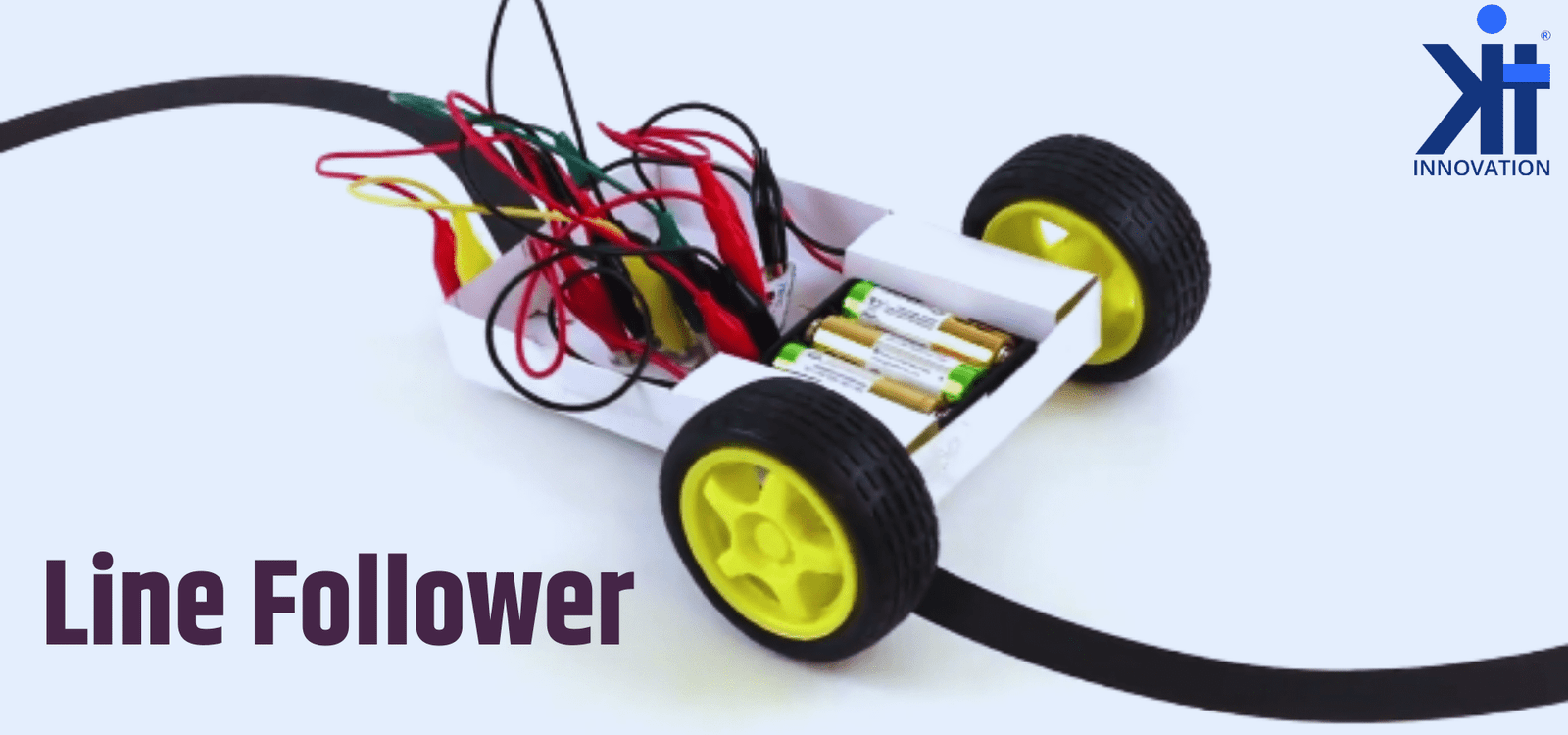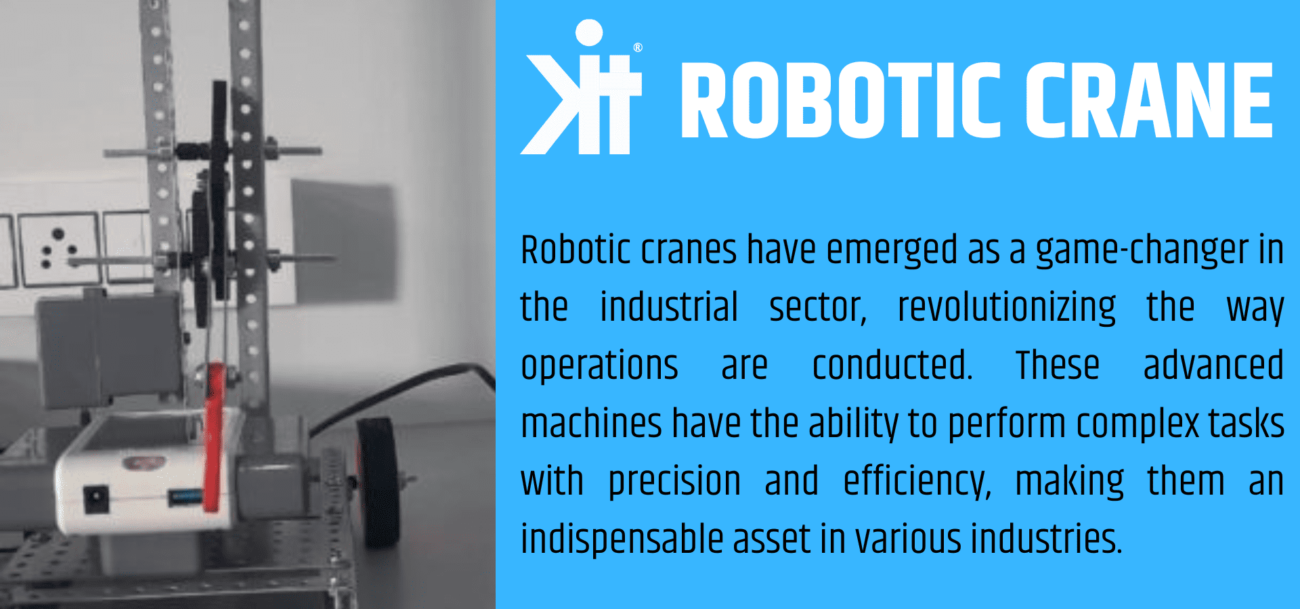A line follower is a fascinating piece of technology that has gained popularity in various fields, including robotics and automation. It is an autonomous robot that can detect and follow a line marked on the floor or ground. The working principle behind a line follower is quite simple yet effective.
The line follower uses sensors, usually infrared or light sensors, to detect the contrast between the line and the background. These sensors emit light and measure the intensity of the reflected light. Based on this information, the robot determines whether it is on the line or off the line.
As the robot moves forward, it continuously reads the sensor values and makes decisions accordingly. If the robot detects that it is off the line, it adjusts its direction to get back on track. By constantly repeating this process, the line follower can successfully navigate along the desired path.
However, building a line follower is not just about the working principle. It requires careful planning, design, and programming. The robot needs to be equipped with the right sensors, and the code should be optimized to ensure accurate line detection and smooth movement.
When it comes to making progress with a line follower, there are several factors to consider. Firstly, the quality of the line itself plays a crucial role. A clear, well-defined line with sufficient contrast makes it easier for the robot to detect and follow. Additionally, the speed and agility of the robot also impact its performance. A faster robot may have to make quicker decisions, while a slower one may struggle to keep up with the line.
Continuous testing and tweaking are essential to improve the line follower’s performance. By analyzing the sensor data, adjusting the code, and making necessary hardware modifications, the robot’s accuracy and reliability can be enhanced.




